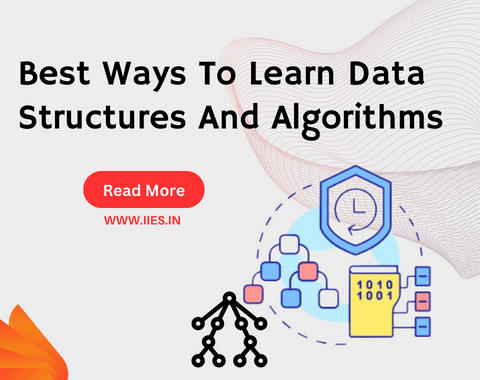“Introduction to Algorithms” by Cormen, Leiserson, Rivest, and Stein
This book is an excellent resource for getting an in-depth understanding of algorithms and data structures. It covers a wide range of different topics and provides comprehensive explanations. It also emphasizes the importance of understanding algorithm complexity and analyzing the efficiency of algorithms.
“Data Structures and Algorithm Analysis in Java” by Mark Allen Weiss
This book is specifically focused on data structures and algorithms in Java. It provides detailed explanations and examples using Java-specific code. The practical implementation of data structures in Java helps learners apply their knowledge effectively.
Practical Implementation
Personal projects
Building small programs that utilize different data structures is an effective way to gain real-world experience in implementing and using these structures. Creating projects that solve specific problems helps learners understand how data structures can be utilized in real-life scenarios. This practical approach improves comprehension and retention of concepts.
Open-source contributions
Contributing to open-source projects related to algorithms and data structures on platforms like GitHub provides opportunities for collaborative learning and code reviews. By working with experienced developers, learners can gain valuable insights and improve their coding skills. Collaborative learning fosters a deep understanding of data structures and algorithms.
Problem-Solving Strategies
Break down problems
When facing a problem, it is crucial to thoroughly understand the problem statement. Identify the input, output, and any constraints on the problem. Breaking down the problem into smaller components helps in devising effective algorithms.
Pseudocode and visualization
Before starting the actual coding process, mapping out algorithms using pseudocode helps in designing efficient solutions. Pseudocode is a simpler version of code that focuses on algorithmic logic rather than specific programming syntax. Flowcharts and diagrams can also be used for visualizing algorithms, enhancing clarity, and reducing errors.
Mastering Algorithm Complexity
Big O notation
Big O notation is the technique used to describe the time and space complexity of algorithms. Understanding how to analyze the efficiency of algorithms using Big O notation is essential for choosing the most optimal solution. Learners should have a strong grasp of time and space complexity to evaluate algorithms accurately.
Optimizing algorithms
By employing various optimization techniques, programmers can improve the performance of their algorithms. Techniques like memoization, dynamic programming, and divide-and-conquer aid in reducing the time and/or space complexity of algorithms. Balancing between time and space complexity is crucial to achieving efficient solutions.
Study Groups and Communities
Benefits of collaborative learning
Collaborating with peers helps in sharing insights, discussing problem-solving approaches, and gaining different perspectives. Study groups foster motivation and accountability, as learners can support and motivate each other during the learning journey.
Online forums and communities
Participating in online forums and communities such as Reddit, Stack Overflow, and Quora enables learners to seek help for challenging problems. These platforms provide opportunities to engage with experts and receive guidance. Active participation in relevant communities enhances learning and exposes learners to diverse problem-solving techniques.
Staying Consistent and Overcoming Challenges
Setting goals and milestones
Breaking down the learning journey into achievable goals and milestones helps learners stay focused and motivated. Celebrating achievements along the way provides a sense of progress and boosts confidence.
Dealing with frustration
It is important to understand that challenges and setbacks are integral parts of the learning process. Accepting this fact and approaching difficulties with a growth mindset is crucial. Taking breaks when needed and seeking support from peers or online communities can help overcome frustration and maintain motivation.
Real-World Applications
Examples from the tech industry
Data structures and algorithms are extensively used in the tech industry to solve complex problems efficiently. From search engines to recommendation systems, these concepts are employed to improve performance and user experience. Exploring real-life applications of data structures and algorithms in software development provides a practical understanding of their importance.
Career opportunities
Job roles requiring strong algorithmic knowledge, such as software engineer, data scientist, and competitive programmer, are in high demand. Employers often evaluate algorithmic skills during interviews and technical assessments. Mastering data structures and algorithms opens up numerous career opportunities in the tech industry.

